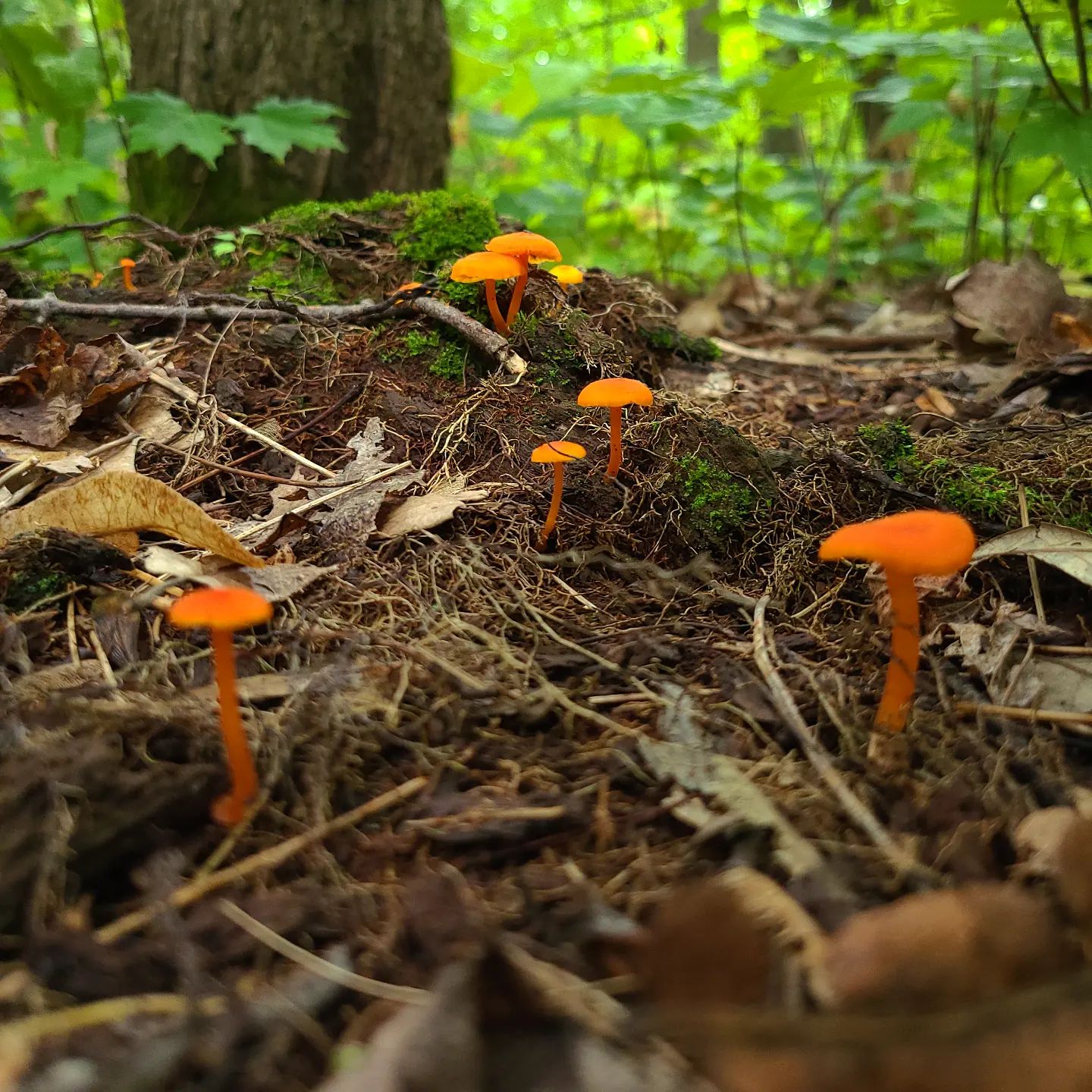Do you often wonder if your plants eat soil? Otherwise, where do they get materials to keep growing?
Have you thought about how plants would survive if there were no soil? Continue reading to find out.
Table of Contents Show
The Soil-Plant Relationship
As a kid, I would assume the trees were eating up underground soil to grow so big, but the truth was different!
Although plants rely on soil to grow large, they do not mainly eat dirt. Instead, they use the soil as a medium to get essential elements for physical growth.
Many would argue that plants grow in water, such as rooting stems and growing hydroponic leafy vegetables.
However, water as a medium will only help the plant get as big. Reaching the crucial stage of maturity (flowering, fruiting, and seeding) will fail.

Therefore, the soil will provide the best medium for plants to reach maturity and complete their life cycle.
Where Do Plants’ Mass Come From If Not the Soil?
Plants gain mass from the soil, but not as you may imagine.
Instead, the soil becomes the medium to provide the necessary elements for the plant to gain mass.
Here is how it works.
1. A Nutrient Source
Soil contains nutrients like nitrogen, phosphorus, potassium, calcium, magnesium, and many others.
The plants absorb these nutrients through their roots from the soil.
2. Water Retention
Roots need moisture to obtain and supply nutrients to leaves for photosynthesis.
The moisture would evaporate quickly without soil, leaving the plants’ roots dry.
3. Physical Support
The plant roots anchor themselves in the soil to help stay upright and withstand factors like wind and rain. Without proper anchorage, plants will uproot.
4. Microbial Activity
The soil is a hotbed for microorganisms like bacteria and fungi, which help break down nitrogen and other nutrients for the plant’s roots to absorb.

For example, mycorrhizal fungi create symbiotic relationships with plant roots, helping with nutrient absorption.
5. Aeration and Gas Exchange
Soil pockets allow for air exchange between the atmosphere and the plant roots, including supplying oxygen for root respiration (plants’ energy release process).
6. Temperature Regulation
Another critical factor is regulating a moderate temperature around the roots, achieved by soil that acts as insulation.
The soil temperature will remain constant even when the outside temperature increases or decreases.
7. Protection from Pathogens
An exposed root is open to various pathogens and diseases, but the soil will prevent these foreign elements from reaching the roots.
Soil microorganisms act as natural biocontrol agents in preventing the attacks of harmful pests and diseases.
From Editorial Team
Conclusion!
Although plants do not eat soil, they will need a change of soil regularly.
The change of soil, composting, and regular fertilization will ensure a healthy soil medium and optimal plant growth.
Next time, if your plant seems to grow slowly, suspect the soil quality, not quantity.
